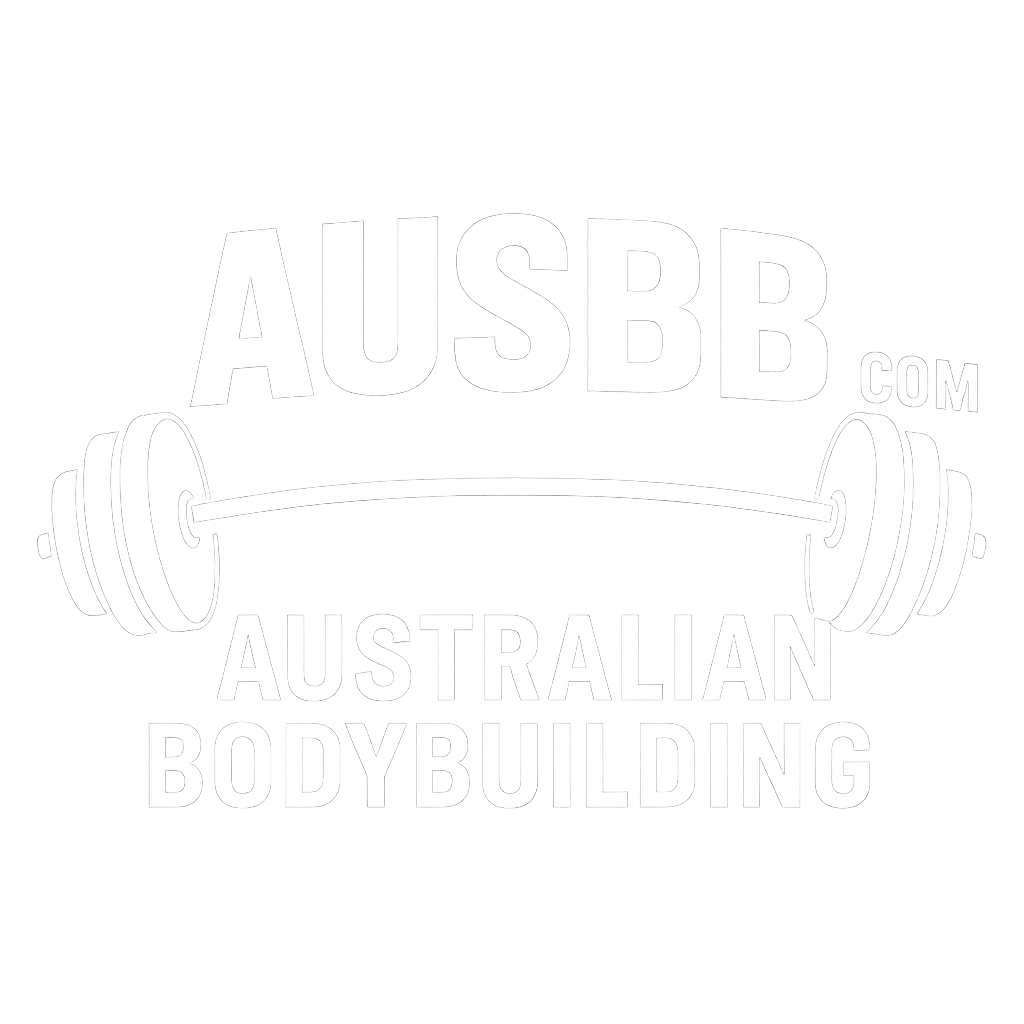Sid's workouts consisted of the three Olympic lifts'press, snatch, clean and jerk'and included power cleans, power snatches, snatch-grip high pulls, front and back squats, plus jerks from the rack if that lift was a problem. All of those with the exception of back squats fall into the category of high-skill exercises. You may not think the press qualifies, but it most certainly is a high-skill movement when you do it as a strength event. We did presses at every workout in order to perfect our form as much as our strength.
Workouts always started with the clean and press, mostly because the press was the first lift contested in meets. You did one clean, then five reps for the first three warmup sets, then followed that with five sets of three with the same weight; for example, 115, 135 and 155 for five, then five sets of three reps with 175. Next came either power snatches or power cleans done in the same manner, except you did fewer warmup sets for power cleans, since you'd already done quite a few cleans with the presses. On other days full cleans or full snatches followed the opening presses, performed with the same formula of sets and reps, three sets of five and five sets of three.
Sid's trainees did snatch-grip high pulls at least once a week, right behind the full movements or the power cleans and power snatches, three to five sets, depending on how you felt, with no warmup sets necessary. If you started showing signs of fatigue, you stopped at three sets. You followed the same pattern with front squats and jerks from the rack, and did back squats for sets of fives.
There were no fancy gimmicks'no partials, negatives, rubber bands or chains'just lots of concentrated work on full-range technical exercises. What made the program so effective was the progression. If you were successful with your five work sets at 175 on the press, your next press session would look like this: 115, 135 and 155 for five, then five sets of three with 180.
